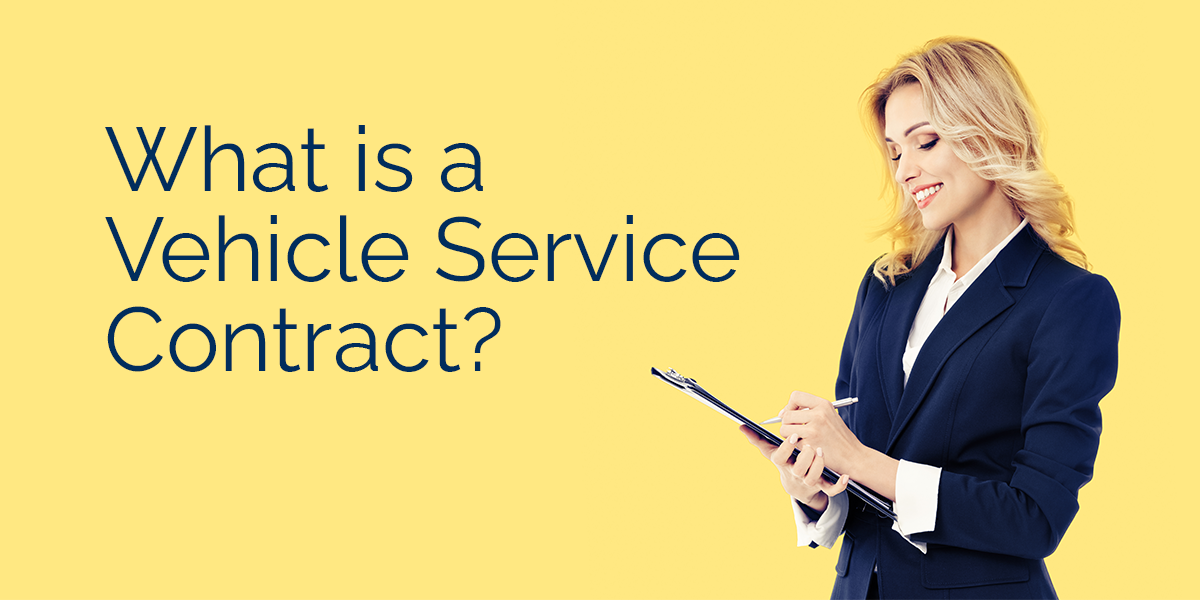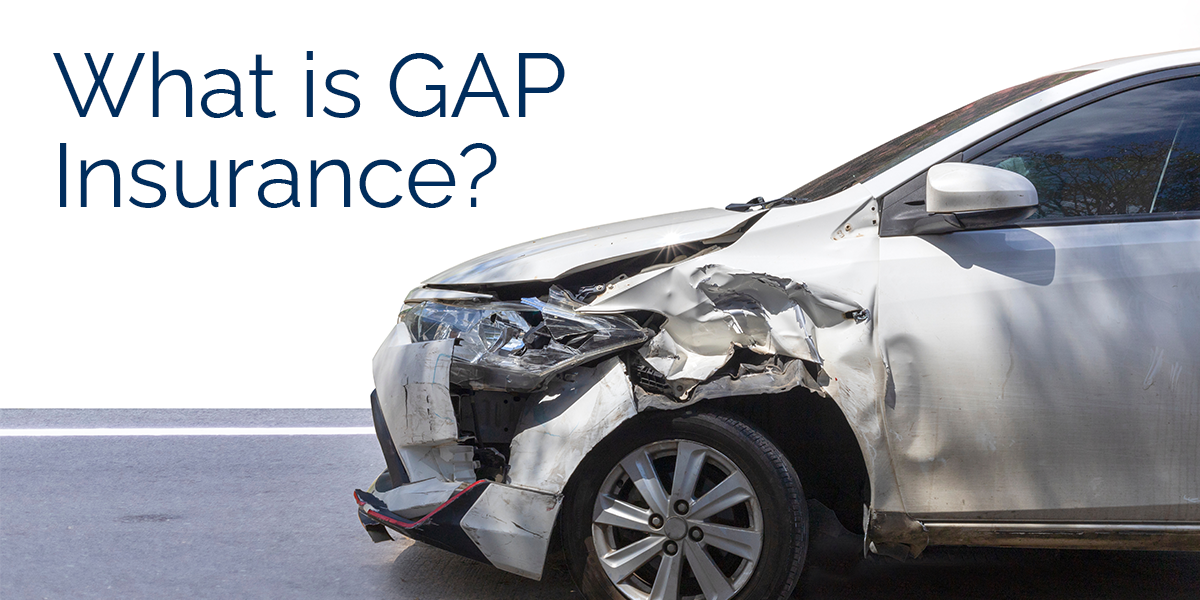Lease Owners: What You Need to Know About VSC and GAP Coverage
It’s acronym time. (Don’t worry, we only have two.) We’re here to talk about VSC and GAP coverage.
If you know what those coverage types are and what they cover, you’re a step ahead. But if you’re not exactly sure (or don’t know why it’s good to get them), you’re not alone.
There are a lot of vehicle coverage options out there, with small but significant differences between them. If your lease is ending soon and you’re planning on keeping your car (if you’re not sure how to do that, read here), it’s crucial to understand your choices moving forward.
The coverage you can opt for when buying out the lease on your car is not the same as standard car insurance, which is state-mandated and covers things like damage caused by a collision. The two most common options for extended car coverage are Vehicle Service Contracts (VSCs) and Guaranteed Asset Protection (GAP) insurance. Let’s talk about them.

Vehicle Service Contract (VSC)
‘Do you have a minute to talk about your car’s extended warranty?’
If you haven’t heard the jokes, you’ve probably received at least one letter, email, or call about an extended warranty for your car. But what exactly is that?
You might be familiar with the concept of a factory warranty. Under this kind of warranty, when you get a new car, you’re covered for a certain number of miles for a certain number of years – whichever comes first. (A common example is 36,000 miles for 3 years.)
Once that warranty is expired, you’ll likely want some new coverage, and this is usually in the form of an extended warranty or a VSC. They’re fairly similar, but the main difference is that an ‘extended warranty’ would be offered by the car’s manufacturer, and a VSC is usually a third-party option with more flexible plans and coverage.
This flexibility is key to the VSCs we offer to our customers who want to purchase their leased car. If you’re someone who drives a lot, it wouldn’t make much sense to offer you a VSC that only covers 10,000/year, for example. When you buy your car out with us, we use our specific algorithms to offer you coverage that matches your driving habits. Plus, your coverage payments are built into your new monthly loan payments to keep things simple for you.
Need a quick review on VSCs before moving on? Watch this quick video from one of our partners, Ally, here.
GAP Insurance
Guaranteed Asset Protection (GAP) insurance is generally considered a must-have for lease owners or people with a loan out on their car. But what exactly is it?
GAP insurance helps cover the difference between what you may owe on a car and the car’s actual market value if it’s ever declared a total loss. For example, let’s say you get into an accident and your car is totaled, and at the time of the accident, you owe $25,000 on your loan. Your car insurance should cover the current market value of the car at the time of the accident – but what if it’s only worth $20,000? You’d still owe $5,000 on a loan for a car you can’t even drive.
That $5,000 is the “gap” that GAP insurance covers. If you have GAP insurance and find yourself in a predicament like that, it’ll cover the $5,000 you’d still owe on the loan. So, although it covers you in very specific kinds of situations, GAP insurance can save you a lot of money if you end up needing to claim it. Like the VSC coverage we offer, our GAP insurance rates are competitive and automatically built into your new loan payments.
For a recap on GAP insurance, check out this video from Ally.
Feeling a bit better about your coverage choices? Now that you’ve got a better idea of the options available to you (and why they’re important), get started with buying out your lease here or by entering your license plate or VIN in the box below. Or, give us a call at (888) 307-5197 to chat with an advisor.
Enter Your License Plate to Get Started.
